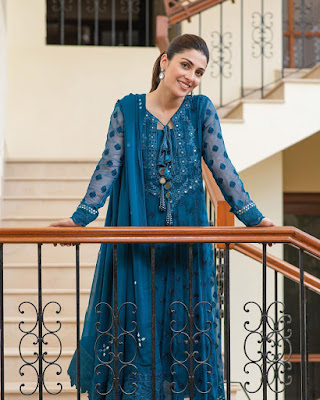Nikon Unveils D800, the World’s Highest Resolution Full-Frame DSLR Camera
February 07, 2012 By Peter Pachal On MashableNikon keeps looking for more mountains to climb. A little after unveiling its new D4 flagship DSLR and a point-and-shoot with world’s longest zoom, the company has announced a new special-format camera that’s said to be able to capture photos with higher resolution than any commercially available DSLR on Earth.
The camera is called the D800, and it snaps photos at a whopping 36.3 megapixels, more than double the maximum resolution of the D4, which maxes out at 16.2MP. The D800 can capture those ultra-crisp photos thanks to its full-frame CMOS sensor, which Nikon calls FX format. “Full frame” means the image sensor is the same size as a frame of 35mm film — significantly larger than a typical APS-C sensor in a normal DSLR.
When you have that many pixels, you need performance that can handle it, and the D800 boasts a new image processor called the Expeed 3. With the full-frame sensor and processing engine, Nikon says the camera’s pixel count is the world’s highest, though it qualifies the claim by only including DSLRs with interchangeable lenses with full-frame sensors. Medium-format cameras, such as ones made by Hasselblad or Phase One, can have pixel counts much higher.
The D800, though, has all the advantages of a DSLR, able to swap out lenses easily, capture video (at 1080p, 30 frames per second) and an ISO that you can crank up to 6400 (native) or 25600 (equivalent). With the optional MB-D12 battery pack, you can even enable a continuous-shooting mode that snaps six of those full 36MP images per second.
Besides all that good stuff, the D800 has an extra sensor that helps ensure any people you shoot aren’t overexposed, even if they’re backlit. The 91,000-pixel RGB sensor automatically detects human faces in the frame, determines the right level of exposure, and allows for better autofocusing, flash control and white balance.
For pros that want total control of their photos can instead opt for the D800E, which allows disabling of some camera’s filter functions (aliasing and moiré pattern reduction) so light from the lens hits the sensor directly. Nikon says that’s better for landscape and artistic photography.
The D800 will be available in March for $3,000, followed by the D800E in April for $3,300. You can check out some sample images from Nikon taken by both cameras in the gallery below (full resolution pics are on Nikon’s site). Below the gallery you can view a short movie that was shot entirely by a D800.
Are you a photographer? Is the D800 as drool-worthy as Nikon thinks? Give your take in the comments.
Taken by a Nikon D800.
Taken by a Nikon D800.
Taken by a Nikon D800.
Taken by a Nikon D800.
Taken by a Nikon D800.
Taken by a Nikon D800.
Taken by a Nikon D800.
Taken by a Nikon D800E.
Taken by a Nikon D800E.
Taken by a Nikon D800E.
Taken by a Nikon D800E.
Taken by a Nikon D800E.
Taken by a Nikon D800E.
Taken by a Nikon D800E.


